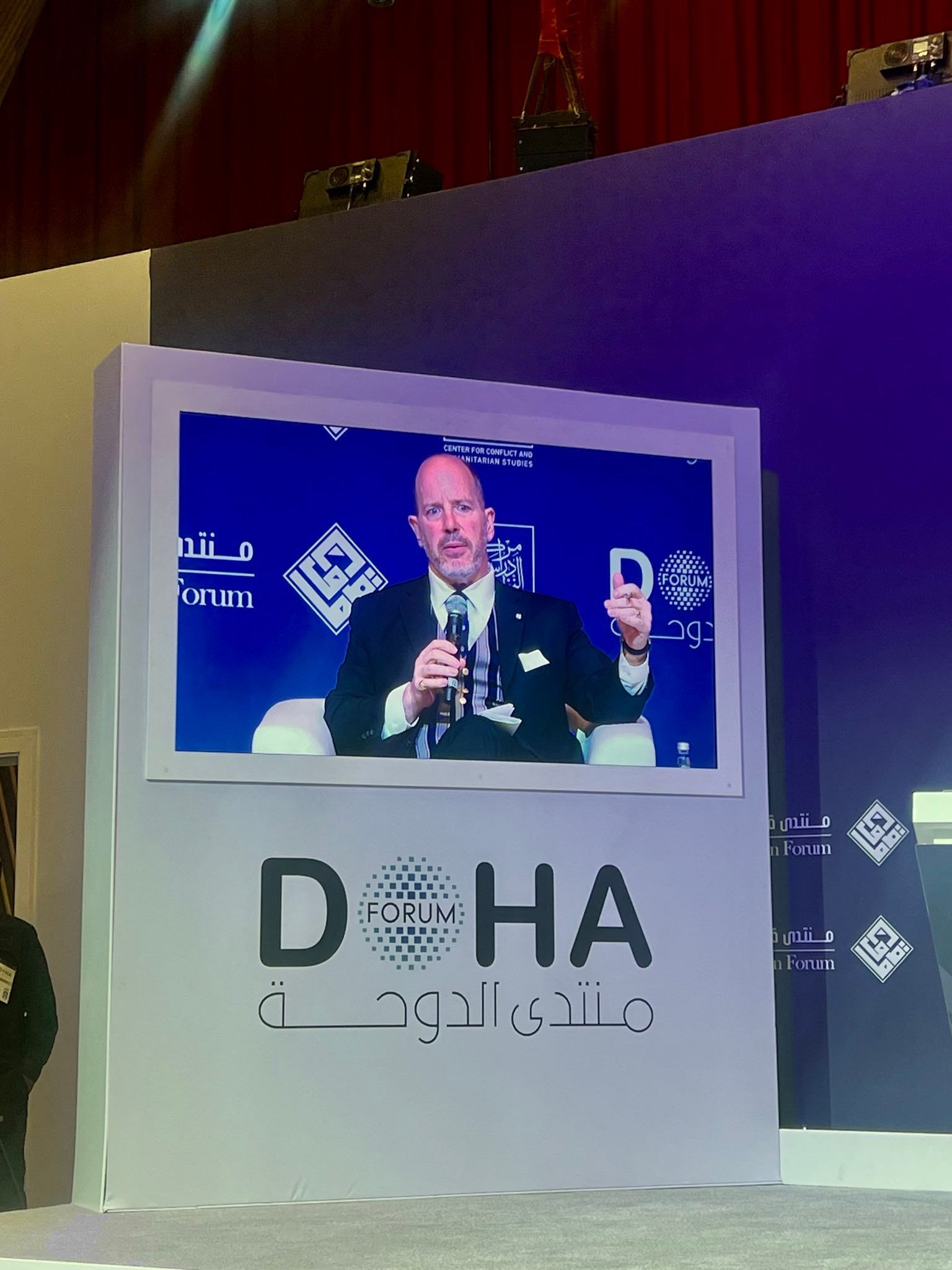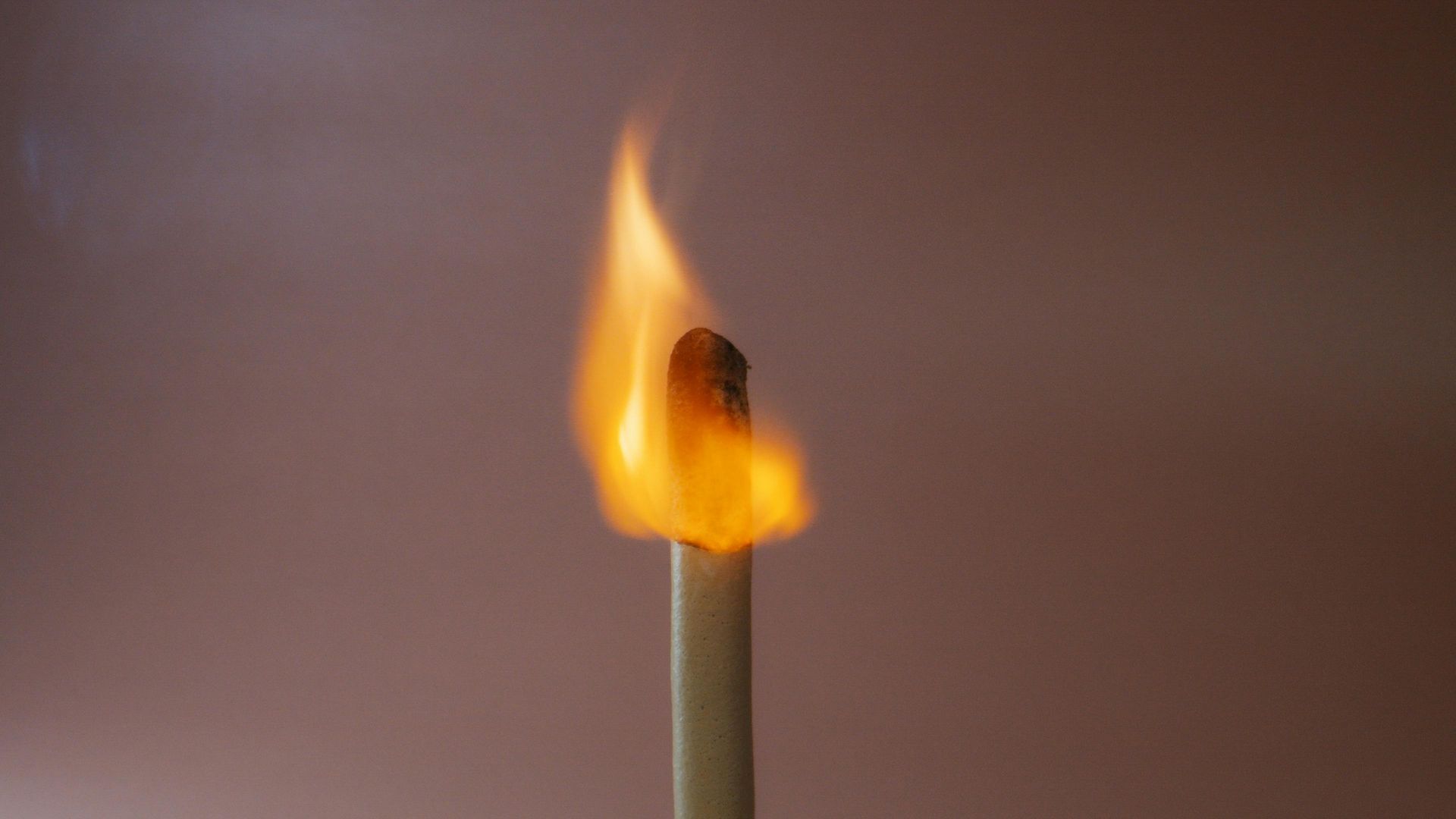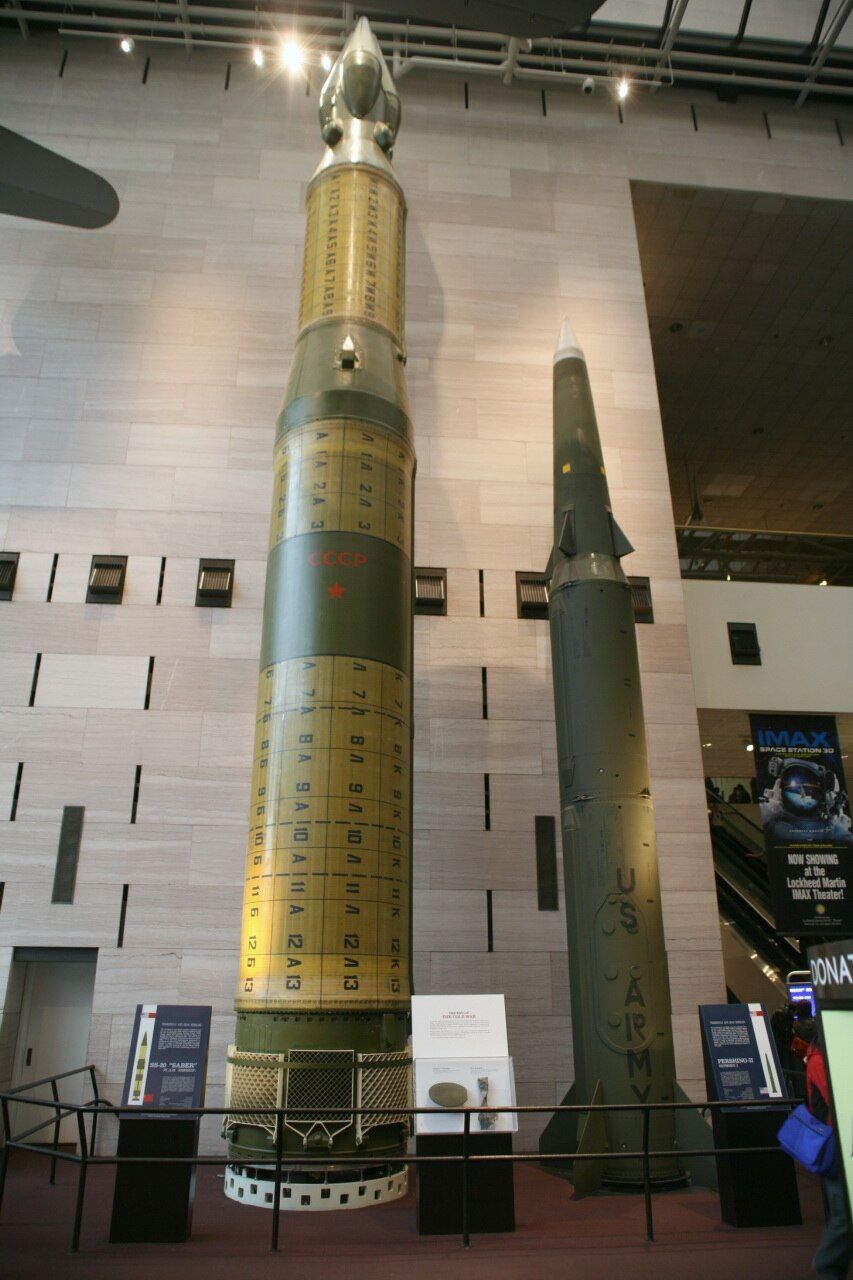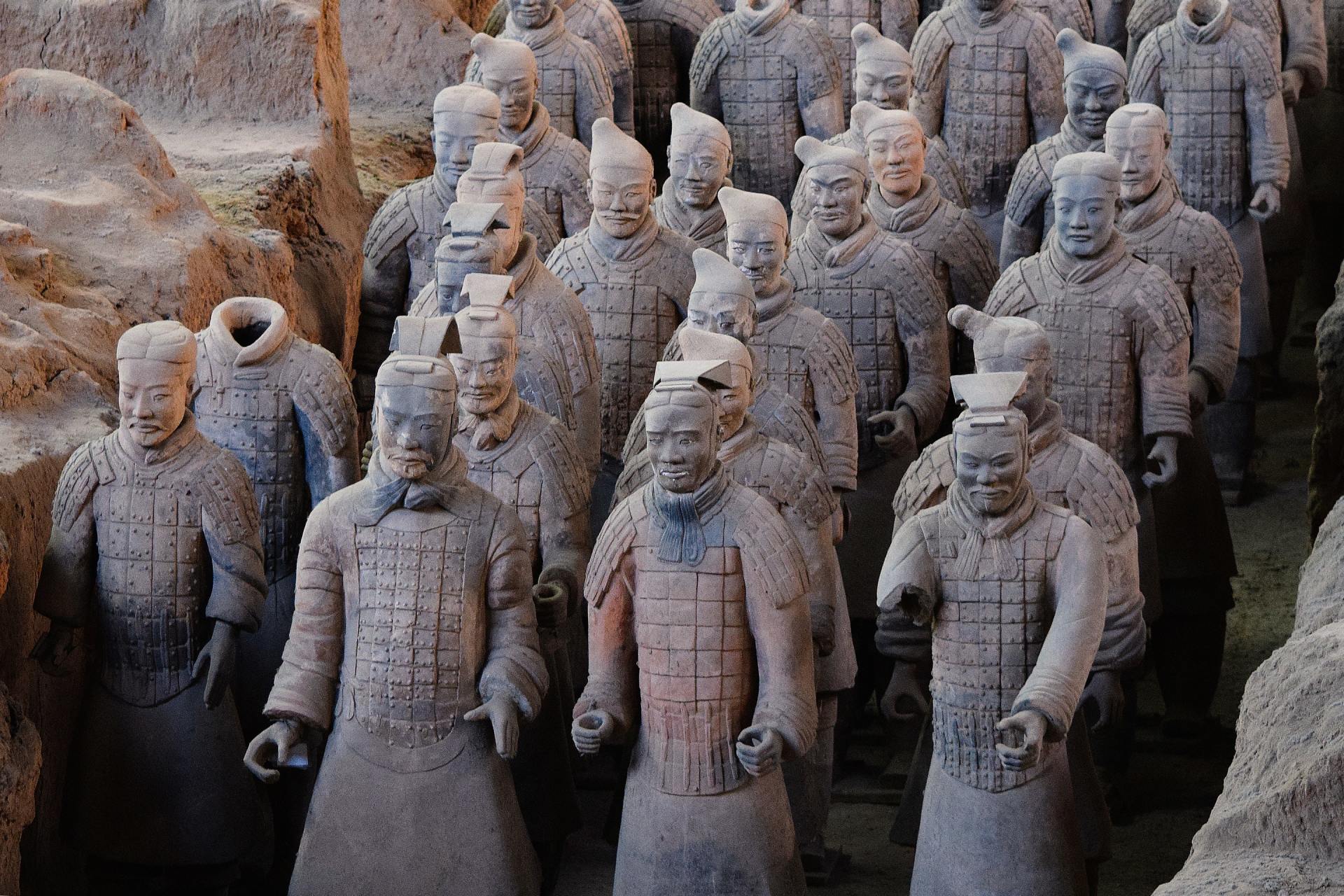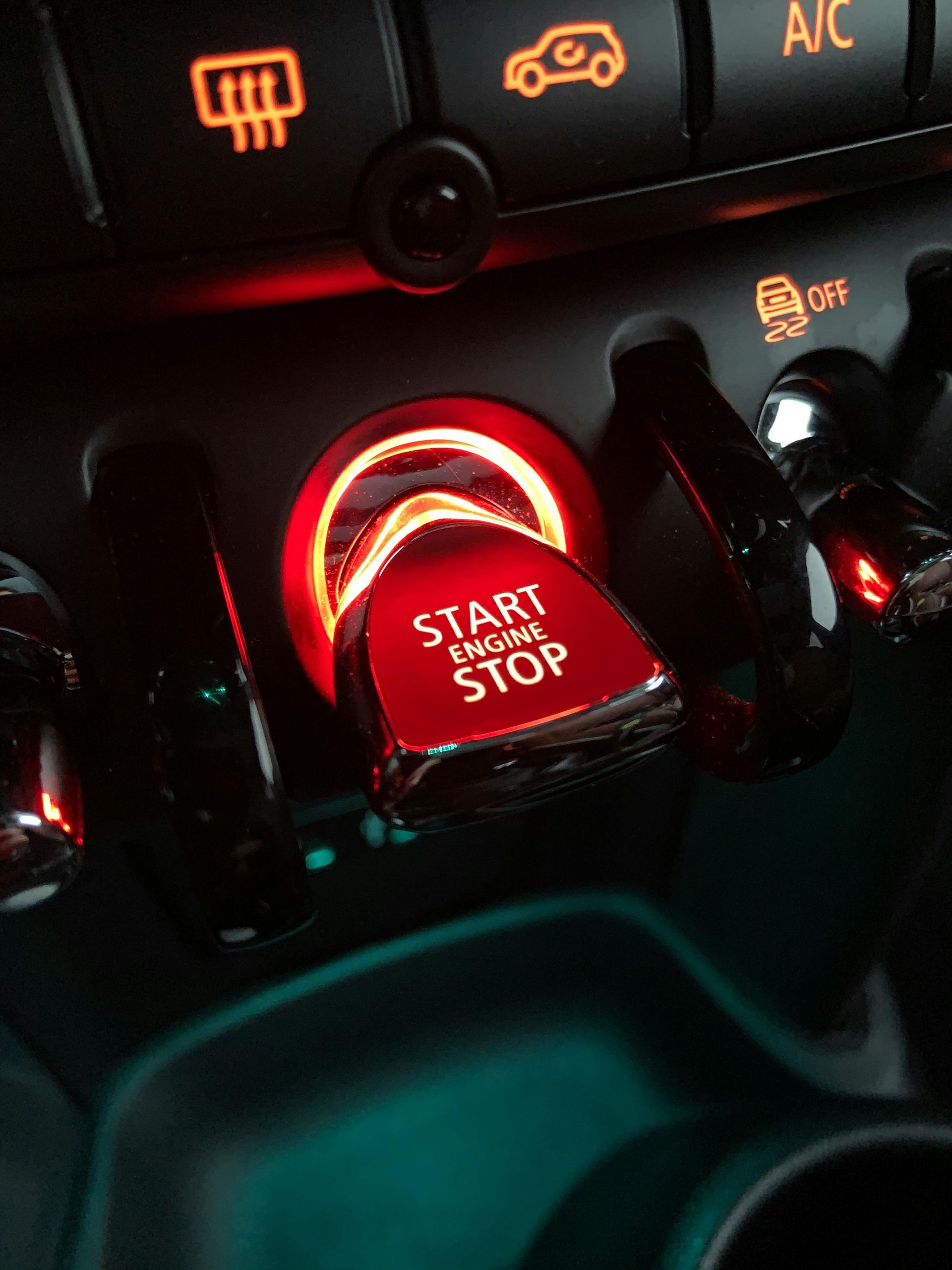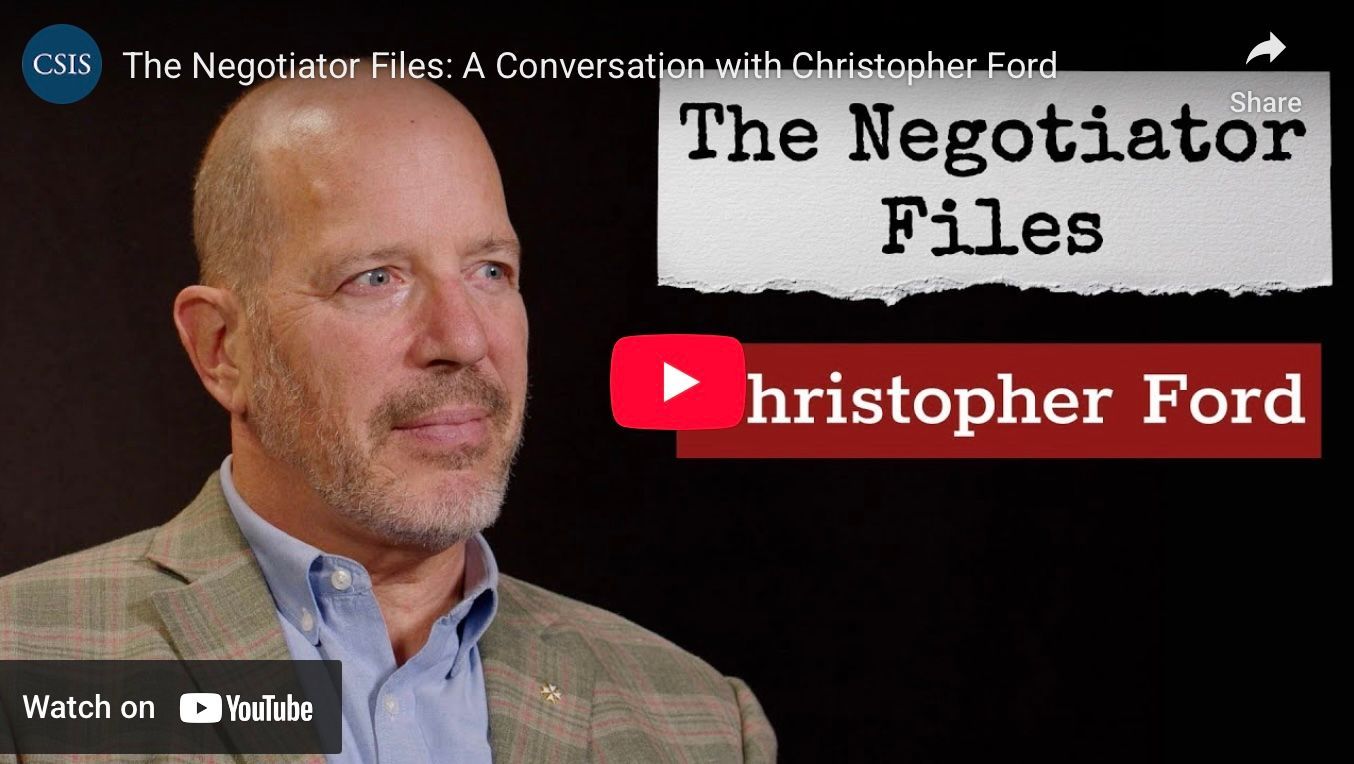Iranian Nuclear Negotiating and the World’s Nonproliferation “OODA Loop”
Note:
This is the text upon which Dr. Ford based his remarks on July 16, 2014, at the Congressional Breakfast Seminar series on Nuclear Deterrence, Missile Defense, Proliferation, Arms Control, and Defense Policy held at the Capitol Hill Club in Washington, D.C. The other participants in this seminar event were Dr. James Acton o f the Carnegie Endowment for International Peace and Professor Matthew Kroenig of Georgetown University.
Good morning, everyone. Thanks for coming to this event, and thanks to Peter Huessy for having me here. I don’t do as many of these as I used to when I was a think tanker with Hudson Institute, so it’s a particular pleasure to be sharing the stage with my friends James and Mathew. It probably goes without saying that whatever things I say here today are my own personal views, and don’t necessarily represent those of anyone else at my Committee, the Senate, or anywhere else in the U.S. Government, but I’ll say so anyway.
Anyway, it’s easy to see why Peter wanted us to talk about Iran today. We’re currently just a few days away from July 20, the date set for a “final” nuclear negotiated deal between Iran and the so-called “P5+1” powers (the United States, Britain, France, Russia, China, and Germany). This coming Sunday, the six-month interim arrangement known as the “Joint Plan of Action” (JPA) expires, so everyone is wondering what comes next.
Unresolved Issues?
Press accounts have suggested that the negotiations still have far to go, so I thought it might be useful to review the obstacles that are said to face the negotiators right now, on our way to exploring some characteristic challenges of all nonproliferation diplomacy. According to press reports there may be as many as eight matters still unresolved, as follows:
- What to do about the IR-40 nuclear reactor at Arak, which as currently planned will be able to produce something on the order of nine or 10 kilograms of plutonium each year when it comes online;
- What to do about the Fordow enrichment plant, a tunnel bored deep into the side of a mountain designed to contain some 3,000 centrifuges, and where Iran has already done much of its uranium enrichment up to 20 percent purity;
- What enrichment capacity Iran will retain;
- Whether Iran’s ballistic missile program will be in any way constrained – a notion that U.S. officials have reportedly requested as a way of limiting the immediate threat presented by the prospect of Iranian nuclear “breakout,” but which Iran’s Deputy Foreign Minister Abbas Araqchi has described as being “ not up for negotiation ,” even as Supreme Leader Ayatollah Ali Khamenei simply declares the very idea “stupid” and “idiotic”;
- Whether any answers will be given about the Iranian weaponization work that has been the subject of International Atomic Energy Agency (IAEA) inquiries for years;
- How long the “final” agreement will remain in force, with Iran reportedly insisting upon a short duration and the Western powers wanting a much longer one;
- How to monitor Iranian compliance with whatever deal is made, a particularly thorny question in light of the IAEA’s own conclusion that dealing with Iran requires investigative authorities beyond even those contained in the IAEA Additional Protocol that Iran has rejected; and finally
- How, and how rapidly, sanctions are to be lifted against Iran.
If this is indeed the list of things that haven’t been worked out yet, it is a depressing one, since there wouldn’t seem to be any issue of substance here that isn’t on it. To be sure, it is often the case that, officially speaking, “nothing is resolved until everything is resolved.” Nevertheless, this is still a formidable list of open issues, with only a handful of days remaining.
The Problem of Enrichment
The unresolved question that seems to be getting the most attention is that of Iran’s future uranium enrichment capability. It’s worth examining this one further, for its challenges – and its history – teach us something about the problems of nonproliferation diplomacy.
Iran currently has over 19,000 centrifuges installed at its enrichment facilities, of which some 10,000 are running. The P5+1 have reportedly tried to limit Iran to maybe 10,000, but the Iranians are said to remain defiant. For some time, Iran apparently insisted upon 50,000 machines , but their current enrichment target seems to be shifting. Supreme Leader Khamenei recently declared publicly that Iran needs 190,000 separation work units (or SWUs) of centrifuge capacity in order to meet its “absolute need.”
It’s not clear to me exactly how Iran derived this new figure. Information from the U.S. Nuclear Regulatory Commission’s Technical Training Center (TRC), however, suggests that this is significantly greater than what would be needed to provide the annual feed loading for a typical a 1,000-Megawatt electric (MWe) light water reactor such as Iran’s Bushehr unit – though in reality Iran doesn’t actually need any fuel for Bushehr, of course, because it’s had a deal with Moscow since 1992 under which the Russians will supply that reactor with fuel for its entire operational lifetime.
To put Iran’s 190,000-SWU figure into perspective, it is reported that one can enrich natural uranium into enough enriched uranium suitable for an implosion-type weapon with only about 4,600 SWUs per year. It’s also worth remembering that the amount of separative work required also decreases hugely each step along the way from natural uranium to low-enriched uranium (LEU) at the 5 percent level, from LEU to 20 percent highly-enriched uranium (HEU), and from 20 percent HEU to an optimal weapons grade of about 90 percent. This means that getting to weapons grade material with any given SWU capacity is vastly more rapid when one starts with material that is already to some degree enriched. As of late May , Iran’s existing stock of LEU stood at 8,475 kilograms; it also still had some 38 kilograms of 20 percent HEU in the form of uranium hexafluoride suitable for immediate further enrichment. In this context, and with further LEU enrichment still continuing in Iran every day, a capacity of 190,000 SWUs could surely get one quite far, quite quickly, indeed.
The mullahs’ recent shift of focus from numbers of centrifuge machines to SWU capacities is probably very significant, inasmuch as it suggests that Iran is eager to use these talks to legitimate its transition from the older “P-1”-type centrifuges used in its current enrichment work to much more efficient and advanced machines – of which a much smaller number would be needed. Higher-capacity machines allow one to do enrichment in ever-smaller facilities, with both ever-smaller observable signatures and ever-greater potential resistance to attack. Mastering such technology would greatly increase Iran’s ability to conceal breakout from the nonproliferation regime, as well as to protect facilities against attack in the event that such an effort were discovered.
This is the substantive terrain on which the current negotiations have reportedly run aground. How much enrichment capacity will Iran end up being permitted? What will this mean for Iran’s ability to achieve future “breakout” from the Nuclear Nonproliferation Treaty (NPT) regime, and is there any hope that verification mechanisms will be in place capable of giving warning timely enough for the international community to organize an effective response? I’m not myself very optimistic about all this.
Broader Lessons
But let’s explore what the Iran case may suggest in terms of broader lessons for nonproliferation diplomacy. To my eye, it highlights two important problems: (1) the problem of drawing lines; and (2) the problem of the international community’s “OODA loop.”
The problem of drawing lines is essentially that of establishing a limiting principle for whatever concessions one makes. It relates to the ongoing tension, in nonproliferation diplomacy, between the specific and the universal – that is, between (a) the utility of making concessions in order to manage the crisis du jour and (b) the difficulties that such concessions later create for the regime.
Diplomats negotiating agreements have an understandable tendency to want to solve “their” immediate problem in a vacuum, as if it were a unique and wholly idiosyncratic case without follow-on implications. There is often a tension, however, between what might be helpful in managing this case and what signals such moves would send to the next one. What may seem a “reasonable compromise” now is often less reasonable if one remembers that this isn’t a one-off: with each step now, we are also making decisions about the future of the nonproliferation regime. In the nonproliferation world, we send messages to future would-be proliferators by how we treat those with whom we deal today.
I don’t mean to suggest that there is any easy resolution to this tension, for the costs of a tougher stand in the present day can be very high, and it is not foreordained that one will be able to avoid future problems even if one does take more uncompromising positions today. Not unlike Leo Tolstoy’s description of unhappy families, every approach to managing this nonproliferation tension is probably unpleasant in its own fashion. I stress this tension, however, because – much like elected officials unwilling to take unpopular positions on government spending even though they can clearly see fiscal disaster looming beyond their next election cycle – nonproliferation diplomats have a tendency to discount the foreseeable difficulties that will be created in the future by their attempts to compromise their way to a “successful” negotiation today.
Once upon a time, the U.S. Government had a relatively coherent policy on such things. Because of its inherent proliferation risks, we sought to limit the spread of uranium enrichment and plutonium reprocessing technology (a.k.a. “E&R”) to countries that had already acquired it. We insisted upon a commitment to forego E&R in reaching nuclear cooperation agreements with other countries, we held up an agreement to this effect with the United Arab Emirates as the “gold standard,” and we took a strong position that the only acceptable amount of SWU capacity for Iran was “none.”
Such a principled nonproliferation position is still the one upon which we try to insist when discussing such things as nuclear cooperation with South Korea, but the high ground of this position has been crumbling, there and elsewhere. The P5+1 seems to have decided that the Iranian program has now come too far for us to be able to keep asking for “zero.”
And so we face the problem of drawing lines in all its awkwardness. We seem to think we can no longer say “no,” but once we start saying “yes,” how do we stop? If even the chronic scofflaws, religious fanatics, terrorist-sponsors, and neighbor-destabilizers in Tehran can have enrichment just because they want it really badly , how on earth is the nonproliferation regime plausibly to tell anyone “no” in the future? I’ll grant that the metaphor of a “slippery slope” is much overused in our public policy discourse, but it’s hard not to feel like we’re at the top of one.
As to how we got to this point since the embryonic facility at Natanz was first revealed to the world in August 2002, I think much of the answer can be found in the international community’s lethargic “OODA loop,” which has permitted us all to be repeatedly confronted with seemingly unanswerable Iranian faits accomplis at every turn.
But what’s an “OODA loop”? OODA is an acronym for “observe, orient, decide, and act.” It is concept associated with a U.S. Air Force strategist named John Boyd, who hypothesized military action as an iterated process by which an actor observes its environment, orients itself within that environment, decides what to do, and then acts upon the basis of that decision. For Boyd, it was a critical locus of military advantage to be able to act “inside” an enemy’s OODA loop – that is, to do your own observing, orientation, decision-making, and action-taking faster than he can do his. If you can accomplish this, you will probably be able to shape his environment faster than he can react coherently to it.
I would suggest that this concept of the OODA loop has considerable value in thinking about nonproliferation diplomacy – and that it can help us understand how we’ve gotten to the sorry position that we now seem to be negotiating with Iran over whether they will have a very fast NPT breakout capacity or merely a pretty fast one.
During the course of the long-simmering Iranian nuclear problems, the international community has distinguished itself by adopting a succession of too-little-too-late responses. There is no way to know for sure, of course, but it’s possible that the level of sanctions pressure we are now applying could perhaps have actually persuaded Iran to make a strategic choice against continuing its nuclear program way back in in, say, 2003.
According to U.S. Intelligence Officials, Iran was then at least somewhat amenable to changing its behavior when confronted by the prospect of having to face very painful consequences for its IAEA safeguards and NPT violations. With U.S. troops at that time having just easily crushed Saddam Hussein’s military in pursuit of the weapons of mass destruction (WMD) that the U.S. spies believed Iraq to possess, and with Iran’s own nuclear “case file” at that point seemingly about to go the U.N. Security Council on a wave of outage over the discoveries at Natanz, Tehran was reportedly willing at least temporarily to suspend the more obviously weaponization-related parts of its ongoing weapons program. Perhaps if present-day levels of sanctions pressure had been applied then, Iran might have opted to do more.
But of course we didn’t impose such pressures in 2003. Instead, the foreign ministers of the so-called “EU-3” countries (Britain, France, and Germany) cut a side deal with Iran that derailed the Security Council push for some time. The IAEA didn’t get around to finding Iran in noncompliance with its safeguards obligations until September 2005, and Iran wasn’t actually referred to the Security Council until February 2006 – fully three and a half years after the world had learned about Natanz. Upon discovery, Natanz had been just a big hole, but by the time the first U.N. sanctions were actually imposed in December 2006, that one-time hole had been covered with earth and concrete, and contained centrifuges that had already been enriching uranium for eight months.
At every step of the process of actually applying sanctions, moreover, we found ourselves behind the ball. At each point, while sanctions were plenty strong enough to anger the clerical regime in Tehran, what the international community was willing to accept by way of pressures was invariably weaker than anything that might have persuaded Iran really to change course. The most effective sanctions, in fact, have been more or less unilateral ones – our own financial sanctions spearheaded by the Treasury Department, and those that the Europeans were eventually persuaded to impose on their own. But we’ve apparently never quite managed to impose enough pain, fast enough, to make the difference. Iran has remained decisively “inside” the international community’s OODA loop, as both the progress of its nuclear program and its leadership’s success in creating “facts on the ground” that are very hard to undo have moved faster than we have collectively been able to develop responses.
To make matters worse, our options in the face of diplomatic failure also constricted. It’s not entirely obvious that we possessed a particularly attractive “Plan B” of military action even in 2003, when Iran most feared it, but as time has passed this alternative has surely become more unattractive. Over a decade of calculated defiance during the course of endless negotiation, Iran has been able to deepen its nuclear knowledge base, stockpile LEU, broaden and diversify its technical infrastructure, and – quite literally – entrench many of its operations in deep fortifications and improved air defenses. (That’s what the construction of the Fordow plant was all about, after all. How many peaceful, non-threatening nuclear facilities really have to be built behind blast doors in mountainside tunnels?) It is still just conceivable that we, or perhaps the Israelis, will eventually feel the need to strike at Iran in order to forestall its emergence as a direct nuclear threat. I hope it doesn’t have to come to that, but should it occur, we will no doubt find ourselves wishing we had possessed the gumption to take this step much earlier, when that ugly task would have been somewhat easier.
And, just for the sake of argument, let’s say a deal is announced on Sunday. If Iran were to cheat on it, I’d venture to predict there is a high likelihood that we would see something not unlike these post-2002 dynamics play out all over again. Imagine that some information surfaces that the Iranian regime has been doing something prohibited by the final agreement. Unless this takes the form of elaborate and defiant North Korean-style steps – such as angrily expelling IAEA inspectors and conducting an underground nuclear test – there would be all sorts of international disagreement and contestation over the strength of the evidence and the honesty of the interlocutors who presented it. (This might be genuine debate in the face of somewhat ambiguous evidence, or it might be opportunistic sham debate despite clear evidence. We’ve seen a good bit of both with respect to the Iranian case so far.)
The international community would begin to mobilize to some degree, but its slow response would be slowed further by ongoing efforts from all the usual suspects to make sure that a diplomatically lethargic IAEA and a veto-hobbled Security Council “give diplomacy a chance” by engaging in protracted negotiations over access and information with Iranian officials who deny all wrongdoing, tirelessly plead their case in the court of diplomatic opinion against imperialistic meddling and hypocritical and discriminatory American adventurism, and who use such talks as cover to keep doing whatever it was that they had been found to be doing.
If something untoward really did appear to have occurred, Iran would seek retroactive legitimation for it, and permission to keep doing this thing now that it has come clean about something that it will say it had every right to be doing in the first place – but naturally had to conceal for fear of unfair and illegal moves to restrict its “inalienable rights.” (And how, they would ask, can you demand that someone forego an “inalienable right” in a nuclear deal anyway? It’s inalienable !) And if meaningful steps were somehow taken to punish Iran for all of this, that very retribution might even be taken as an excuse to leave the NPT regime officially. All in all, our collective international OODA loop would stretch itself out once more, humiliating a new generation of Western diplomats and once again allowing Iran to do more or less what it seems to have wanted to do all along.
As you can tell, I’m somewhat jaded about the efficacy of nonproliferation diplomacy when it comes to taking resolute action of the sort that would have any real chance of persuading a determined proliferator to change course. The international community’s collective action problems are simply too severe, and its collective appetite for bearing burdens and accepting risks in the name of nonproliferation too meager, for existing multilateral diplomatic process to be effective in addressing such problems. The procedures that so many of our earnest college professors taught us should be the mechanisms of both first and last resort in international politics, I’m afraid to say, just aren’t up to it.
To be sure, the Iran case suggests that there is at least an outside chance that a few key players, if they act early and decisively enough, could collaborate to mount an effective non-military response to such an emergent proliferation challenge. But this would take a lot of effort, a significant degree of risk-tolerance, and some real leadership. This is not a combination of qualities too apparent in the P5+1 at this time.
So what’s next? It’s still possible that the P5+1 and Iran will announce a deal at the end of the week – though I’d be surprised if it were a good one. More likely, however, is that they cannot agree by July 20, and the parties agree to some extension of the deadline.
Yesterday morning, in fact, it was reported that Secretary of State Kerry was on his way back to Washington in order to discuss with President Obama the possibility of extending the talks. If I had to bet, I’d say that they will continue for a while yet – and, of course, so will Iran’s uranium enrichment, work to prepare the Arak reactor for the production of plutonium, and whatever advanced centrifuge R&D is underway at locations other than the two places (Natanz and Fordow) addressed by the JPA.
Unfortunately, I think we’ve seen this movie before.
-- Christopher Ford

